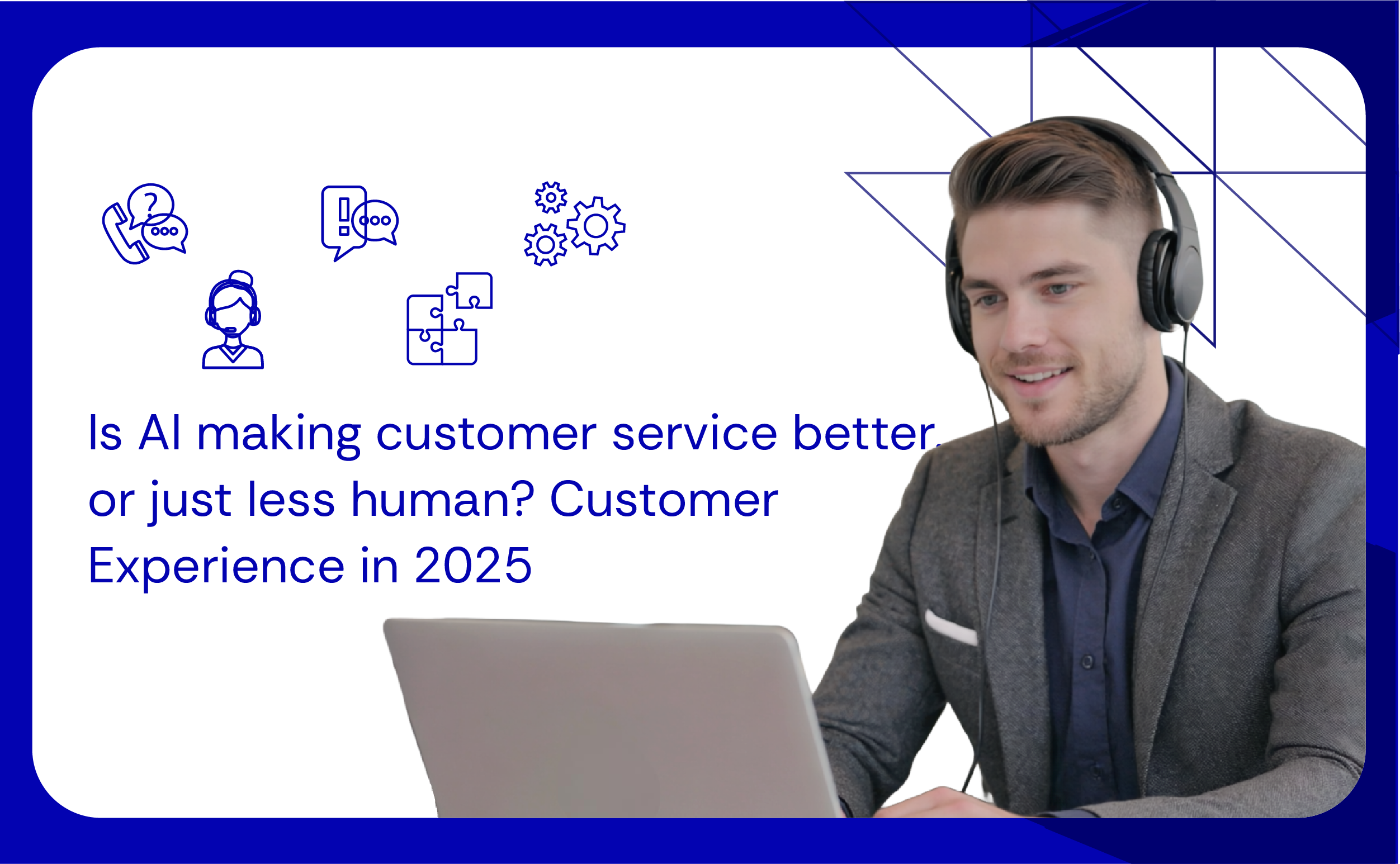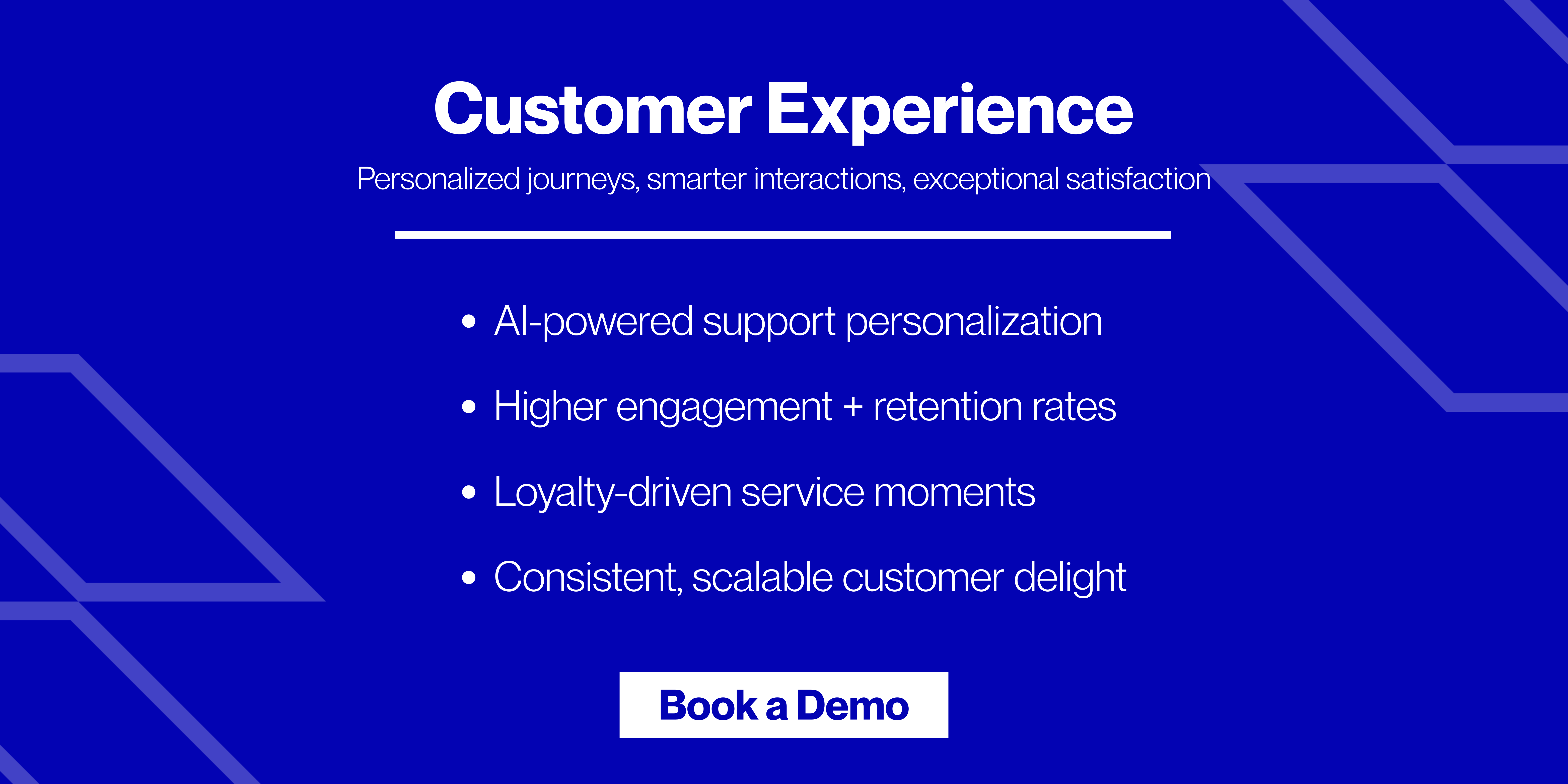AI in customer service refers to the use of intelligent systems that can assist customers in real time. These tools automate routine interactions, provide instant answers, and guide customers through self-service options. By doing so, they free human agents to handle complex or sensitive issues.
In 2025, AI is everywhere! And customer service is no different. Studies show that by the end of 2025, about 80% of companies are using or planning to adopt AI chatbots. But is it making any difference? Yes, businesses are seeing the upside! AI saves money, reduces staff workload, and even lifts customer satisfaction by 17%.
This clearly shows your customers love fast responses and 24/7 availability. But at the same time, about 52% of customers prefer human interactions. Why? Because they also crave empathy, judgment, and personal connection (things machines can’t fully deliver).
Isn’t it confusing? AI or “No AI” – what’s the ideal approach? Actually, it’s both!
Read this article to first understand what AI in customer service is, and the several ways AI is helping businesses in 2025. Next, learn how AI replaces human touch and why a hybrid approach (AI-human collaboration) is the perfect solution!
What is AI in Customer Service?
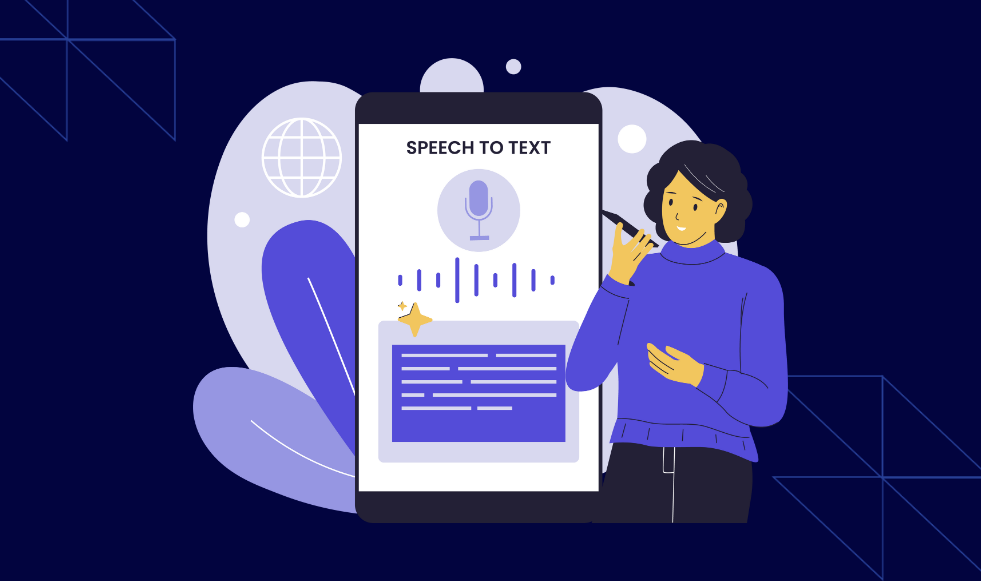
AI in customer service refers to the usage of “artificial intelligence technologies” and tools in customer support departments. These tools can:
- Read and understand language
- Recognize speech
- Learn from data
Please note that they don’t replace human agents completely! Instead, they can take care of your routine/ repetitive work. With AI, you can achieve customer service automation, as these tools can:
- Answer common questions through chatbots (that work 24/7)
- Write replies using text-to-text AI models
- Route requests to the right agent
Additionally, AI customer experience models can also study customer data, like browsing history and past behavior. Next, they do predictive analytics and let you know what the customer might need next.
5 Ways AI is Improving Customer Service in 2025!
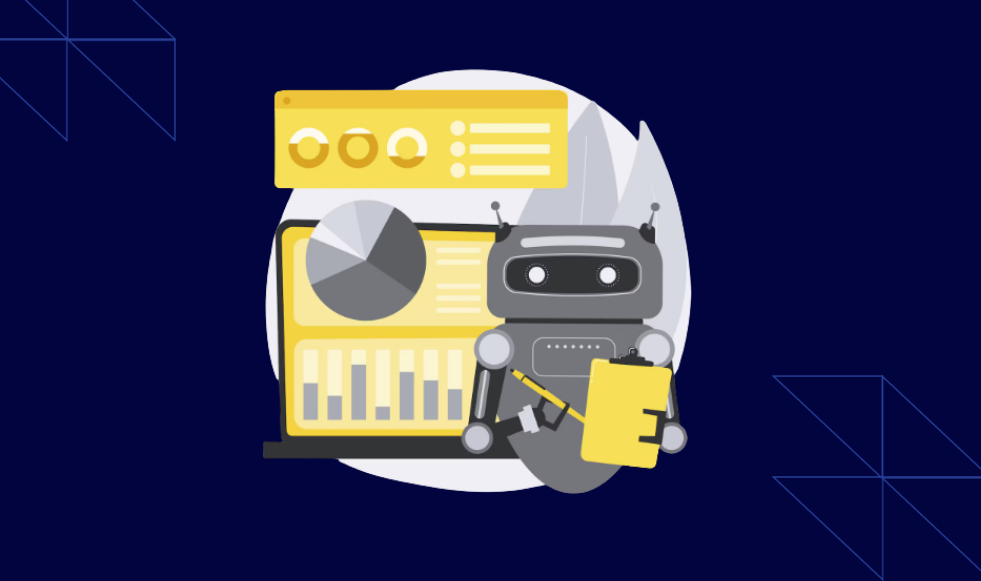
Studies show that companies see $3.50 return for every $1 invested in AI customer service (on average), with top organizations achieving up to 8x ROI. Furthermore, about 67% of customers feel comfortable with AI handling support tasks.
So, don’t you think automated customer support is a win-win for both businesses and customers? Yes, it is! And that’s why it has a high adoption rate among businesses. Let’s see the five major benefits you can realize by using AI in customer service:
1. Cut Down Average Handle Time (AHT) with AI
AHT is the amount of time it takes to solve a customer’s issue from start to finish. Customers want quick answers, ideally in a single interaction (known as first-call resolution). If they have to call back or send repeated messages, their frustration grows. Thus, most businesses try to shorten AHT to improve their experience.
Now, AI tools, particularly chatbots, help here! They give instant answers to common questions without making the customer wait. For example,
- Say someone wants product details.
- Now, the chatbot can pull up FAQs, guides, or short videos immediately.
- This lowers waiting time and often solves the issue in one go.
The result? Minimum waiting time + Fewer repeat contacts = Happier customers.
2. AI Analyzes Your Large Volumes of Business Data
Every customer interaction creates data (whether it’s a purchase, a website visit, or a review). For D2C companies operating in multiple regions, such as the US, UK, and Australia, sorting through all this information manually is impossible.
Now, this sorting task can be performed by AI models. They can quickly scan thousands of:
- Customer records
- Feedback comments
- Social media posts
Based on this analysis, they intelligently find out useful patterns as humans would do.
For example, AI can reveal:
- What products do people search for most often
- What are the recurring customer issues
- When customers are likely to leave (churn)
With these insights, you can adjust your services and run targeted campaigns that actually match customer needs.
3. AI Bots Can Do “Human-Like” Conversations
In 2025, several growing D2C companies and consumer brands earning $5M+ revenue are using emotionally intelligent AI, which is one of the latest AI advancements.
Emotionally intelligent AI, also called Emotion AI, is a type of artificial intelligence that can recognize and respond to human emotions. It studies various signals such as:
- Tone of voice
- Facial expressions
- Choice of words
This study lets them understand how someone feels! When used in customer service departments, such AI tools can communicate with customers more naturally and human-like.
4. One Conversation Across Every Channel
Customers don’t just reach out through one platform! Someone may:
- Ask a question on Instagram
- Later, visit your website for details
- Finally, chat with you on WhatsApp
Now, if these conversations aren’t connected, the customer has to repeat themselves every time (which is highly frustrating). By using AI in customer service, you can offer omnichannel messaging solutions.
These solutions link all customer interactions (across different channels) into a single view. As a result, your agents can see the full history, no matter where the conversation started.
The benefit? Fewer dropped conversations + Less confusion = Stronger customer trust.
5. Make Your Customers Feel Special with CX Personalization
No customer wants to feel like just another ticket! Yes, businesses that make them feel valued are often the ones with the largest group of loyal customers.
Now, by using AI in customer service, you can create personalized experiences that would be difficult to manage manually. These models learn from:
- Customer behavior
- Past purchases
- Tone of communication
Now, based on this learning, they automate CX personalization. Let’s see how:
- The AI tool sends birthday wishes with a discount code.
- They recommend products based on a customer’s browsing history.
- They offer special deals to customers with a high churn risk score.
This kind of personalization builds loyalty and increases repeat purchases. Instead of “mass messaging”, AI allows you to deliver one-to-one experiences, and that too at scale.
Concerned About Human Touch? What Gets Lost (and What Doesn’t)
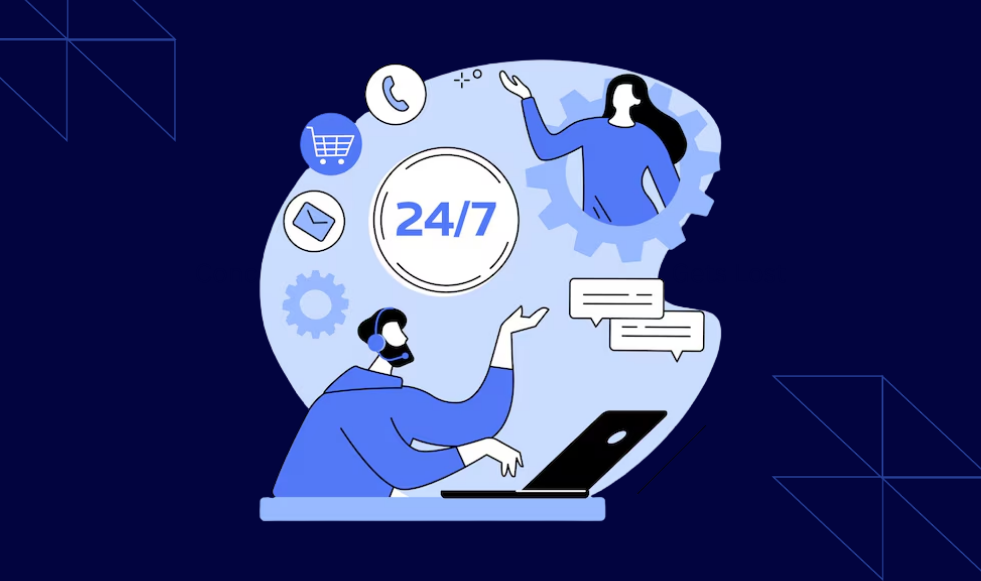
But not everything is rosy with AI. A recent Hiver survey shows that 59% of support professionals believe customer service should remain human-led. They say human agents bring:
- Empathy
- Judgment
- Personal connection
These qualities are hard for AI to replace, particularly in complex or emotional situations. For more clarity, let’s see what gets lost and stays strong with AI:
| What Gets Lost with AI in Customer Service | What Stays Strong (and Even Improves) with AI in Customer Service |
|
|
|
|
|
|
|
|
A “Hybrid Model” is the Perfect Approach!
AI-human collaboration is the way to go! AI is strong at handling routine and repetitive tasks. This frees up time for human agents to focus on what machines cannot do, such as ;
- Show empathy
- Solve serious issues
- Build personal relationships
Most customers themselves prefer this balance! They trust AI for speed and basic questions, but still want humans when the issue is emotional or high-stakes. That’s why several VPs, directors, and senior managers of growing D2C companies are adopting a hybrid model in 2025.
Get the Perfect Balance of AI + Humans in Customer Support! Hire Atidiv Today
An IBM study shows that companies using AI in customer service see a 17% boost in customer satisfaction. At the same time, customers also prefer AI, but mostly for routine queries like tracking orders or FAQs. When issues are complex or high-stakes, they still prefer to speak with real humans.
That’s why the best approach is a hybrid model, where you combine AI + humans. You use AI for speed and CX automation, whereas humans offer empathy and solutions to escalated problems. This balance gives you the best of both worlds!
Finding it hard to strike this balance? Why not outsource to Atidiv? With 15+ years of expertise, 700+ employees, and 70+ global clients, including ShoeDazzle, Fabletics, JustFab, Fresh Clean Threads, and Squatch, Atidiv is the market leader in digital customer experience solutions.
Our past clients have achieved cost savings up to 60% compared to running in-house teams. Schedule a free call now to learn how we can help your business!
AI in Customer Service FAQs
1. Can I replace my customer service team with AI tools?
No! Please realize that AI is not a replacement for human agents. It’s just an assistance or extra support. By using AI in customer service, you can automate repetitive tasks like:
- FAQs
- Requests for delivery updates
- Order cancelations
- Booking or refund statuses, and more
Such an automation frees up your staff time. Now, they can focus more on complex or emotional issues. The result? This AI-human collaboration lets you minimise waiting/ resolution times without losing the human touch.
2. How much money can I save by using AI in customer service?
Cloud-based AI tools are affordable and can scale as per your business needs. They also cut costs by reducing call volumes and freeing agents’ time.
Studies show that the median annual savings is $7,500, while one in four save over $20,000. Now, about 40% reinvest these savings into new equipment and technology, while others use the funds for:
- Growth opportunities
- Debt repayment
- Building emergency reserves
3. What happens if customers don’t like AI interactions?
Most customers prefer AI for basic enquiries. However, they want a conversation with human agents for complex issues. As a business owner, you should try to design a “smooth handoff”.
In this approach, AI handles the first step, and when needed, passes context to a human agent. This avoids frustration and keeps customer trust intact.
4. Is 2025 the right time to adopt AI in customer service?
Studies show that about 64% of CX leaders plan to increase their AI chatbot investments in 2025. Also, it is expected that by the end of 2025, most customer service teams worldwide are expected to use AI.
So, nowadays, it’s becoming the industry standard (not a luxury)! Through early adoption, you can let your business stay competitive and avoid falling behind competitors who are already using these tools.
